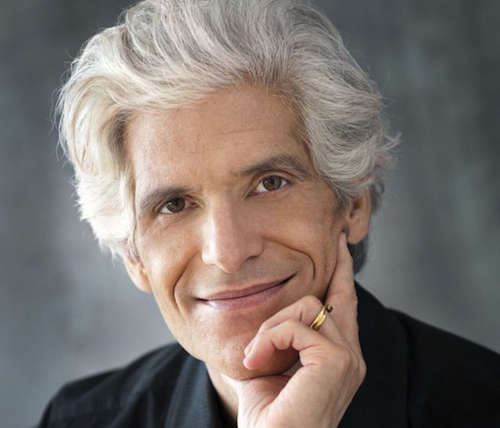Change how you breathe to change how you feel
I admit on the occasion when I was asked to give a lecture in the past I felt like a deer in headlights. All eyes were on me, the fear of being judged, anxious about tripping over my words, and my own two feet–the list goes on. Am I talking to fast? Can everyone feel or see how nervous I am?
Thankfully, as time passed, my fear of public speaking became less and less until I actually started to enjoy it. I was determined to move past the fear and started to look at each lecture as a challenge. Along the way, I set small goals for myself until one day speaking in front of a crowd became natural, and now it’s, something I really loved to do.
While not everyone has a profession that requires speaking in public, we all can relate to performing under pressure. Take some of the world’s most talented athletes for example—Muhammad Ali, Kobe Bryant, and Michael Phelps. Even with the whole word watching them, they find a way to block out the noise, zone in, and achieve success.
“They want to be the calm centre inside the raging hurricane swirling about them. Experienced and confident athletes call this ‘will to win’, says Kelly Holmes, two-time Olympic champion. “Less experienced athletes call it ‘fear of failure’. It’s a choice the athlete makes in advance, giving them both energy and peace of mind. That is the potent mix that drives champions to new heights.”
Regardless of where you fall on the spectrum, every person has the potential to rise to the challenge. What kind of person do you want to be? The kind that thrives under pressure? Or the kind that crumbles?
Along with adopting the “will-to-win” athlete mentality, I overcame my fear of public speaking by consistently practicing a few simple breathing techniques.
Breathing controls your stress response, and changing your breathing pattern is scientifically proven to change how you feel.
In a study conducted by Pierre Philippot and Gaetane Chappelle at the Catholic University of Louvain, they explored how breathing patterns are connected to certain emotional states (joy, anger, fear and sadness), and how changing your breathing can influence your state of mind.
They found that emotional states can, in fact, be manipulated by respiration. You can lower anxiety and increase calmness with a deeper, slower inhalation and exhalation.
When I start to feel the pressure weighing down and the nerves kick in before I step on stage, I stop for a moment, close my eyes and take a few deep breaths.
Bring awareness back to your breath
By focusing on the physical sensation of breathing, you will enter a calmer, more peaceful state. All you need is a quiet space to just sit and be still, and allow yourself to be in the present.
What I find compelling is the pause between breaths, when releasing the last bit of breath before inhaling. In that brief pause there is peacefulness, there is silence. We’re not breathing, we’re not thinking—we’re just being. It’s enlightening and empowering and I look forward to experiencing this stillness every day. Now give yourself permission not to think and to enter a quiet space of freedom. Try this meditation to relax your mind and body, and connect to the here and now.
As the Dalai Lama once taught me, we exist in our time and space—in our environment. So we need to look at how our meditation practice can fit within these parameters. Day-to-day I improvise instead of having a specific daily practice. I hope you can find a practice that feels right to you, or even the time during your day to devote to quieting your mind and just being with yourself. Afterall “the joy is in the journey.”

Rose Caiola
Inspired. Rewired.


